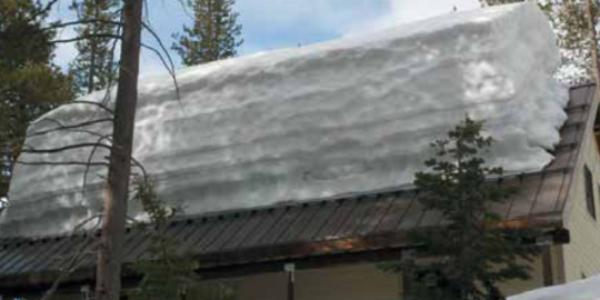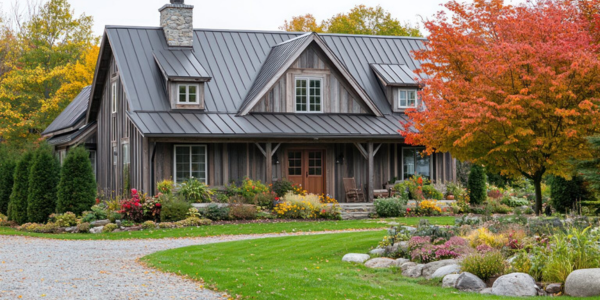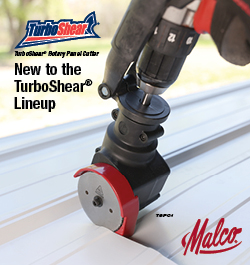UP TO THE MINUTE
Preventing Disaster: How to Stop Roof Avalanches From Happening
February 28, 2023 at 9:00 a.m.By Cayden Wemple.
Having the right systems in place for preventing roof avalanches is vital if you live in an area with heavy snowfall.
Rooftop avalanches are devastating, and they can happen quickly and unexpectedly. There are heartbreaking stories of people living out their day normally and suddenly, a roof avalanche strikes, resulting in property damage or physical injury or death. There are crucial questions that must be answered to prevent these situations from happening. Terry Anderson, Founder of TRA Snow and Sun shared some important questions to ask as well as considerations in this recent IIBEC Interface article. Here are a few key ones to consider.
Is the building up to code?
Building codes have changed significantly over the last 50 years to make structures safer. To ensure structural safety during snow retention system installation, live and snow loads are revised based on historical data. With a 50-year design history, modern structures can handle greater loads, but it's crucial to consider the structure's age and original load capacity.
What is the roofing product being used?
Knowing the type of roofing material is essential as it affects the rate at which snow and ice will slide off. Metal roofs, for instance, will allow for more snow and ice movement compared to asphalt shingle or wood shake roofs. Nonetheless, all roofing materials enable some degree of snow and ice movement as temperature changes cause water to flow beneath the snow mass, thereby reducing friction. Even if temperature swings are rare, occurring only once every one to three years, it is crucial to design snow retention systems to account for this possibility.
What directions do storms typically approach from?
Knowing where snow will accumulate and pile up is crucial as it can lead to excess weight and cornices in certain areas. By identifying these areas, a design can be developed that achieves two key objectives. Firstly, the additional weight in these areas can be taken into consideration when engineering the building structure. Secondly, snow retention can be enhanced in these high-load areas.
If you live in an area with a snowy climate, it's worth considering engineered specific to your roof snow retention systems, proper insulation, adequate venting, and a heat trace system. By doing so, you can ensure your structure is well-equipped to handle the snow and prevent damage.
Take a deeper dive into stopping roof avalanches in this collaboration piece from TRA Snow & Sun and IIBEC.
Learn more about TRA Snow & Sun in their RoofersCoffeeShop® Directory or visit trasnowandsun.com
About Cayden
Cayden is a reporter for RoofersCoffeeShop, MetalCoffeeShop and AskARoofer. When he isn’t writing about roofs, he’s usually playing guitar or writing songs for his musical endeavors.





















Comments
Leave a Reply
Have an account? Login to leave a comment!
Sign In